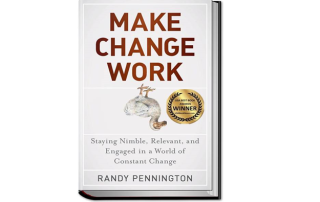Is It Always Right to Be Right?
The 1971 Oscar in the Short Film, Cartoon category went to a piece titled “Is It Always Right To Be Right.” It was directed by Lee Mishkin, narrated by Orson Welles, and written by Warren Schmidt. The opening words of the film are: There once was a land where people were always right. They knew they were right and they were proud of it. It was a land where people stated with confidence, "I am right and you are wrong." These were words of conviction, courage, strength, and moral certainty. In this fictional land, any attempt at cooperation and understanding were viewed as cowardice and weakness. Everyone was so convinced of their rightness that no one dared to utter words such as, “You may be right” or “I may be wrong.”














